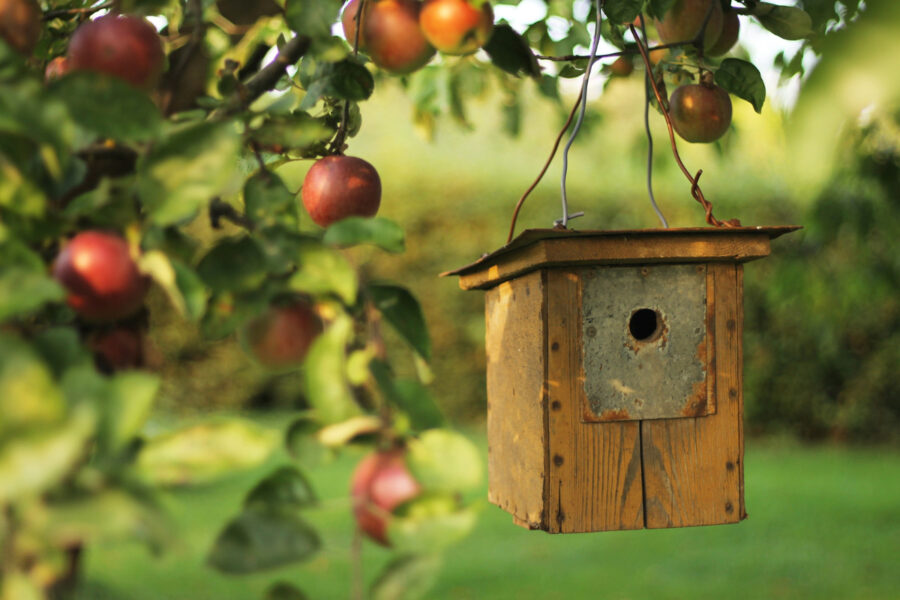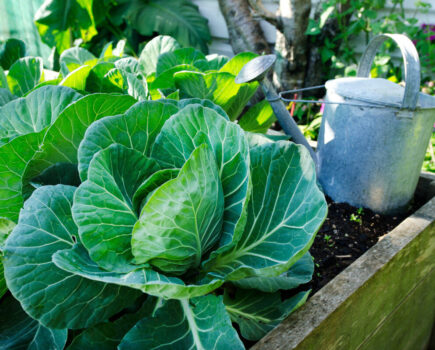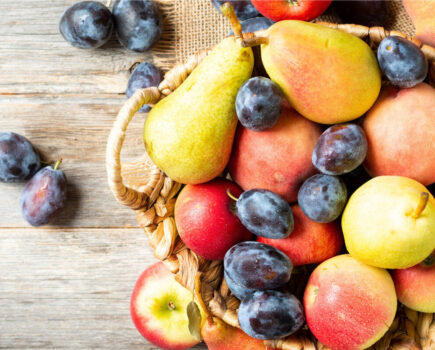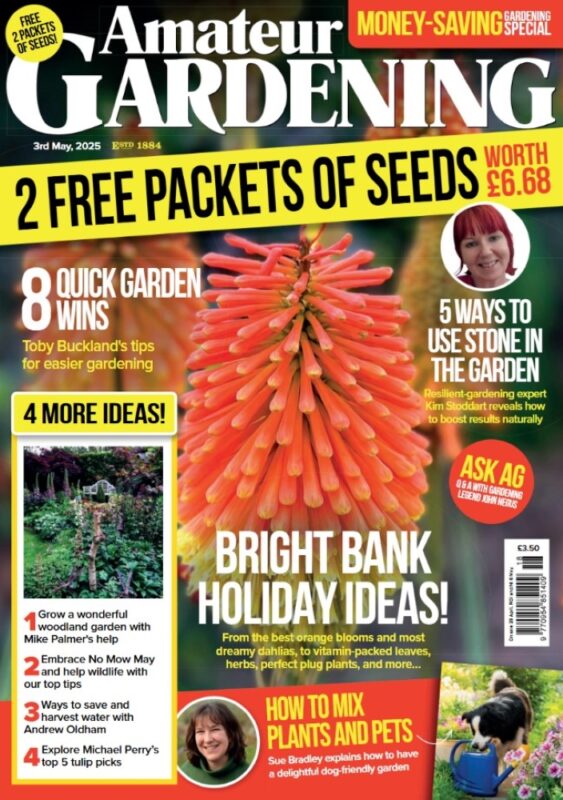Chris Collins reveals how to grow your own apple trees in containers and compact areas
The apple is a quintessential fruit, only rivalled by the strawberry in terms of recognition and usage in the UK. Yet the origins of this British stalwart are far away in Kazakhstan – and it was the Romans who first introduced apple trees to our shores.
Since then, more than 2,000 varieties of this amazing plant have been bred and grown. Many of these are of a heritage nature, making them an important genetic database and a symbol of the truly international nature of horticulture and plant growing.
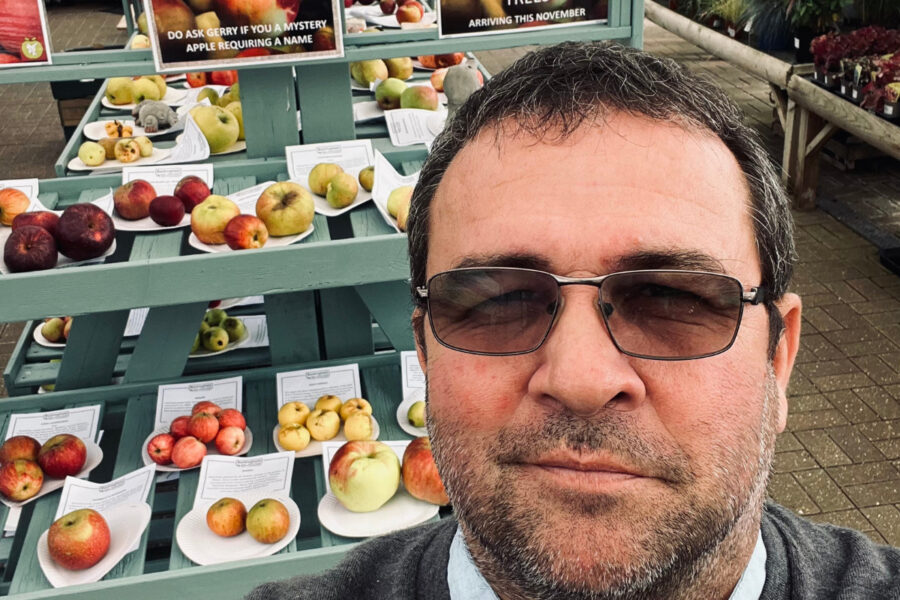
If you can only garden in a restricted space, the possibility of growing your own fresh organic apples probably feels out of reach – but I’m glad to tell you this is not the case. Dwarf apples will happily thrive in a container given the right husbandry. Choose self-fertilising varieties on restricting root stocks such as ‘Gala’, ‘Egremont Russet’ and ‘Falstaff’. They will produce fruit on restricted substrate, keeping to around 2m (6.5ft) in height.
Make sure the roots have plenty of room – a pot with a diameter of 50cm (20in) will suffice. Use a decent loam-based compost with some organic compost mixed in. Apple trees prefer a sunny spot out of strong wind, especially if growing on a balcony. Sheltering them next to a climber on an outward trellis or railings will take the sting out of the winds.
Liquid feed using a good organic fertiliser, little-and-often in the growing season, and never forget to water. Apples do not enjoy being dry, so keep the compost damp while the plant is in leaf. Drying out will cause leaf margins to go brown and flowers to drop, meaning less fruit.
Stick to these rules and that delicious homegrown, organic apple crumble will soon be beckoning!
…………
Small garden Q&A
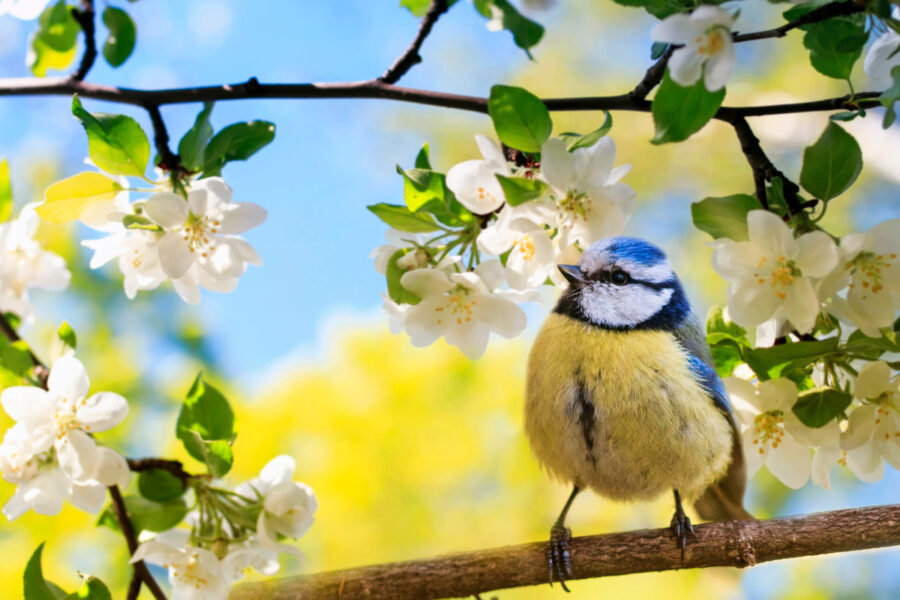
Q. I’d like to grow apple trees on my veg patch – what would you recommend?
A. You can buy bare root espalier or cordon forms now – and these are bred deliberately to save space. They’re perfect for edging a bed or raised border. The variety ‘Sunset’ reaches 25cm (10in) in height and is less than 1m (3ft) wide.
Q. How do I look after my tree once it’s planted
A. Cut back one-year-old strong growth from the previous year, leaving two buds as this will encourage flowering and fruiting. Remove any crossing, damaged or rubbing wood. I like to top-dress with well-rotted farmyard manure when a tree is first planted and then again the following spring.
Q. Will an apple tree attract wildlife?
A. Yes, like all fruit trees, apples provide blossom for bees and other insects, and fallen fruit and nesting sites for birds. Encourage apple-loving earwigs and blue tits, and they will also protect your trees, and other fruit and veg, from pests such as aphids. Self-fertile apples are great for pollinators as they encourage movement between gardens.
Find more tips, advice and articles like this at the Amateur Gardening website. Subscribe to Amateur Gardening magazine now

